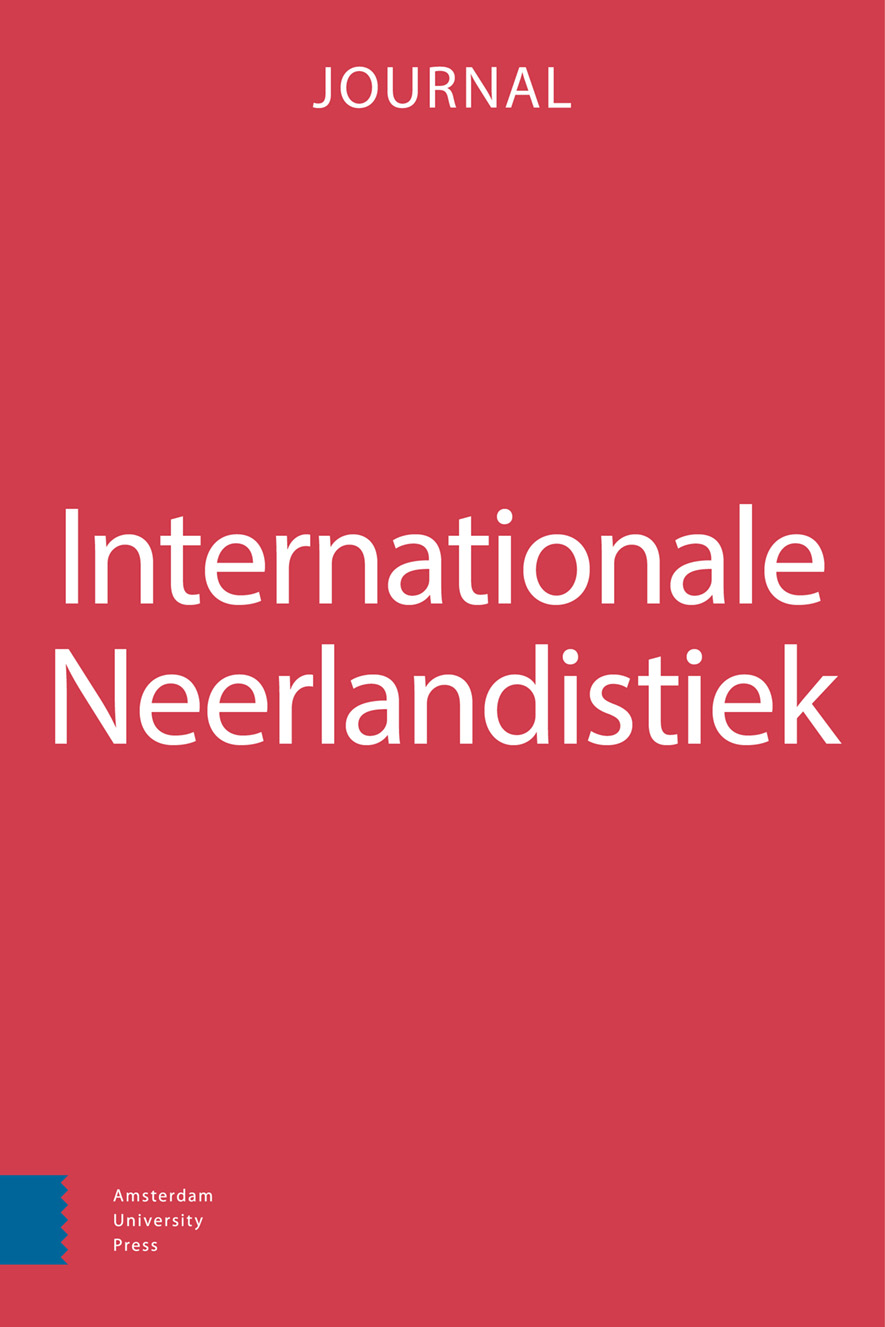-
oa Theoretische perspectieven op taallesboekenonderzoek: achtergrond en toekomst
- Amsterdam University Press
- Source: Internationale Neerlandistiek, Volume 61, Issue 2, Oct 2023, p. 121 - 138
-
- 01 Oct 2023
Abstract
This paper begins by considering the relationship between the textbook and the curriculum and takes the view that both articulate a particular view of the social order and that they cannot be viewed in isolation from the broader socio-political and economic contexts from which they emerge. This is followed by an overview of the way in which the materials literature has developed in Applied Linguistics – from a teacher focused activity concerned with evaluation and selection to a view of the textbook as a cultural artefact designed to make language(s) mean in particular ways. Having surveyed the terrain, the paper then turns to recent calls to decolonise the foreign language curriculum, the case against monolingual pedagogy and the need for greater inclusivity particularly with regard to LGBTQ+ representation. In the light of these arguments, the paper considers how language textbook research might develop in the future.


